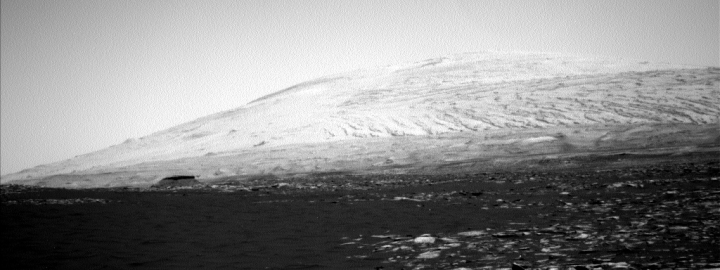Back in October 2010, just days before the mid-term elections, I wrote the following:
For the sake of argument, let’s assume that, come Tuesday, the Republicans take both houses, in a stunning landslide not seen in more than a century. Let’s also assume that the changes in Congress are going to point decidedly away from the recent liberal policies of large government (by both parties). Instead, every indication suggests that the new Congress will lean heavily towards a return to the principles of small government, low taxes, and less regulation.
These assumptions are not unreasonable. Not only do the polls indicate that one or both of the houses of Congress will switch from Democratic to Republican control, the numerous and unexpected primary upsets of established incumbents from both parties — as well the many protests over the past year by large numbers of ordinary citizens — make it clear that the public is not interested in half measures. Come January, the tone and direction of Congress is going to undergo a shocking change.
Anyway, based on these assumptions, we should then expect next year’s Congress to propose unprecedented cuts to the federal budget, including the elimination of many hallowed programs. The recent calls to defund NPR and the Corporation for Public Broadcastings are only one example.
When Congress attempts this, however, the vested interests that have depended on this funding for decades are not going to take the cuts lightly. Or to put it more bluntly, they are going to squeal like pigs, throwing temper tantrums so loud and insane that they will make the complaints of a typical three-year-old seem truly statesman-like. And they will do so in the hope that they will garner sympathy and support from the general voting public, thereby making the cuts difficult to carry out.
The real question then is not whether the new Congress will propose the cuts required to bring the federal government under control, but whether they, as well as the public, will have the courage to follow through, to defy the howls from these spoiled brats, and do what must be done.
The legislative situation with NASA over the summer and fall might give us a hint about whether the next Congress will have the courage to make the cuts that are necessary. In this case Obama actually proposed doing something close to what conservatives have dreamed of for decades: take NASA (and the government) out of the business of building rockets and spacecraft and pass it over to the private sector.
Moreover, despite the strong dislike the right has for Obama and his leftist policies, many conservative pundits both inside and outside of the space activist community publicly supported the President in this effort.
Nonetheless, these policies were not accepted by Congress. Instead, the legislative body passed an authorization bill that requires NASA to build a new heavy-lift rocket and the manned capsule to go with it. Congress did this partly for national security reasons, but mostly because they wanted to protect the jobs in Houston, Florida, and elsewhere that NASA provides, and thus bring home the bacon to their constituents. And they did this because those constituents had squealed at them about the threatened loss of funding.
In other words, elected officials from both parties had teamed up to authorize this pork-laden program in order to keep the pigs quiet. In other words, NASA’s legislative history this past year does not give us an encouraging view of the future. It appears that Congress will give us the same-old same-old, when asked.
More than six years have passed, and my analysis of the situation in 2010 appears almost perfect. While the Republicans did not win both houses of Congress in 2010, they did in 2014. Despite these victories from voters who clearly wanted them to cut back on the power of government, they did exactly what I expected, based on their actions in connection with NASA and SLS: maintain the pork and chicken out whenever challenged by Obama, the Democrats, the press (I repeat myself), and too many spoiled members of the general public.
After the 2016 elections, things have moved even more to the right. The Republicans not only control both houses of Congress, they have a Republican president (though a very unpredictable one) and the leftwing mainstream press has been discredited and no longer monopolizes the distribution of information. What will happen in the coming years?
» Read more






